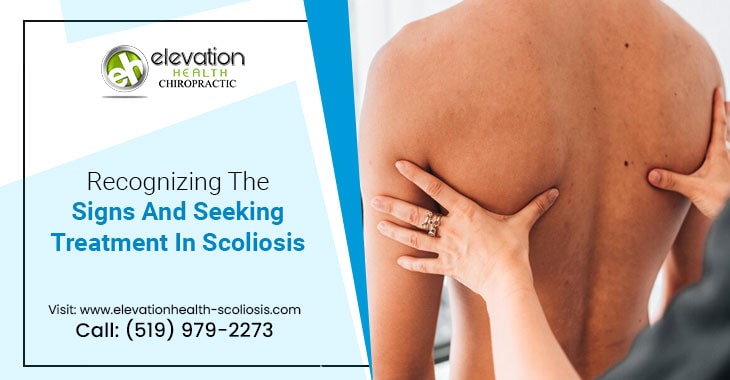
A curvature of the spine is a defining feature of scoliosis. Although it can happen in adults, it often develops during infancy or adolescence. For effective therapy and to stop further progression, early identification is crucial. For this, you need to know the signs properly. If it’s in the early stage, chiropractic care can help manage scoliosis symptoms. If you want chiro care in Canada, contact Dr Brian Nantais from Nantais Family Chiropractic at Elevation Health.
Let’s delve into the discussion:-
A lateral curving of the spine that is not natural, referred to as scoliosis. The spine may take on an “S” or “C” shape instead of being aligned straight. Scoliosis can be influenced by heredity, muscular imbalances, and specific medical disorders, even if its exact etiology is frequently unknown. Scoliosis can deteriorate over time if ignored, possibly resulting in discomfort, spinal deformity, and a lower quality of life.
You can identify scoliosis by knowing the indications and symptoms that could point to its existence. These indications may include:
Uneven shoulders: While looking in the mirror, note whether one of your shoulders appears higher or more prominent than the other.
Asymmetrical Waist: Take note if one side of your waist seems higher or more prominent.
Off-Center Head Position: When standing straight, look to see if your head is slightly slanted or not directly above the midline of your body.
Uneven Hips: Examine your hips to see if they seem out of balance or if one side is up or not.
Visible Spinal Curve: Bend forward at the waist and hang your arms free to create a visible spine curve. Ask someone to look at your back and look for any obvious protrusions or curves.
Muscle Imbalances: Muscle spasms, tightness, or soreness in your back may be a sign of muscle imbalances brought on by scoliosis.
It is critical to have a medical evaluation if you experience any of the abovementioned indications. Make an appointment with your physician first. He or she may suggest you seek a chiropractor specializing in spinal health or an orthopedic specialist.
The degree of the curve, the patient’s age, and the likelihood that the condition may worsen all affect how you treat scoliosis. Treatment choices could be:
Chiropractic Care: To treat muscular imbalances, enhance spinal alignment. Chiropractors can offer specialized spinal adjustments and therapies.
Contact Dr Brian Nantais from Nantais Family Chiropractic at Elevation Health if you want to take chiro care to treat scoliosis.
Observation: The healthcare professional may advise routinely monitoring the situation without immediate intervention in mild cases or when the patient has stopped growing.
Bracing: For mild cases, experts may advise a specially made brace. The brace aims to exert corrective pressure on the spine to stop the curve from advancing.
Physical therapy: Chiros can suggest specific stretches and exercises to strengthen muscles, improve posture, and increase spinal flexibility.
Surgery: Severe cases where the curvature is considerable or progressing may need surgical intervention. This can help restore the spine’s alignment and stabilize it with metal implants.
Early scoliosis detection is essential for successful management and treatment. Remember that regular examinations and consultations with medical professionals are necessary to track the condition’s development. It also helps to guarantee adequate care throughout the management of scoliosis. If you take chiropractic Care to treat scoliosis, contact Dr Brian Nantais from Nantais Family Chiropractic at Elevation Health for the best care.

